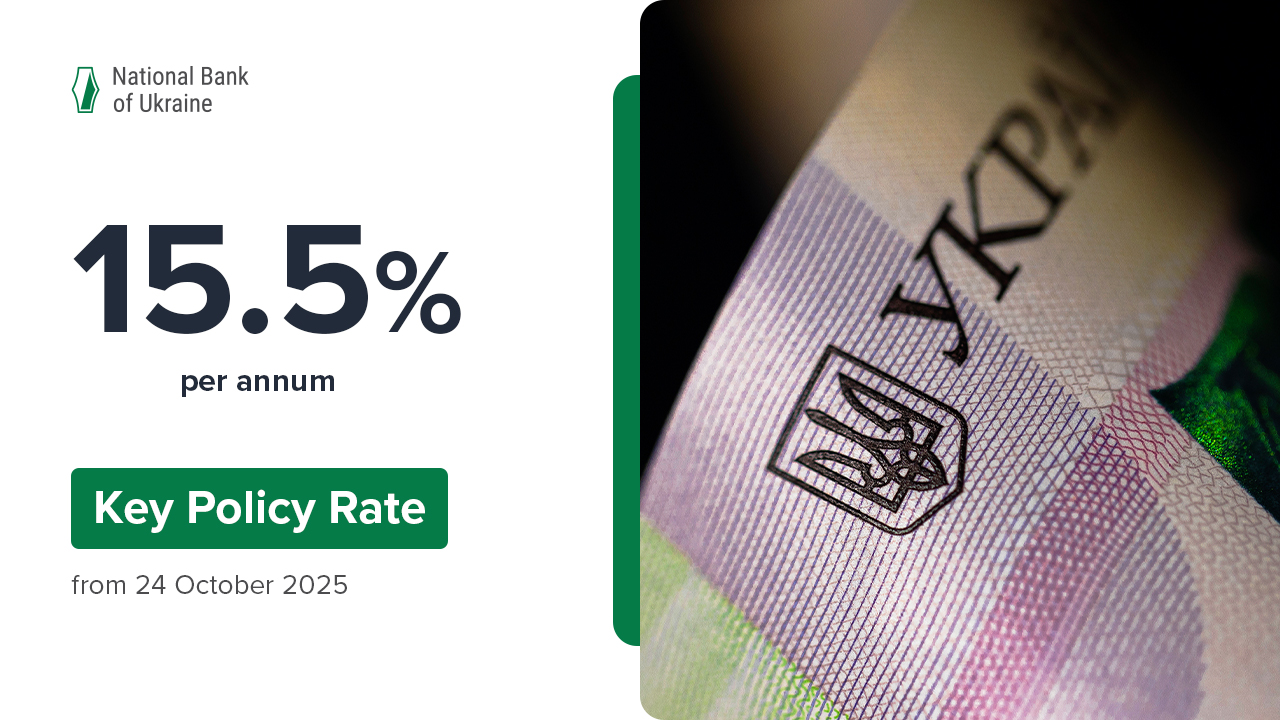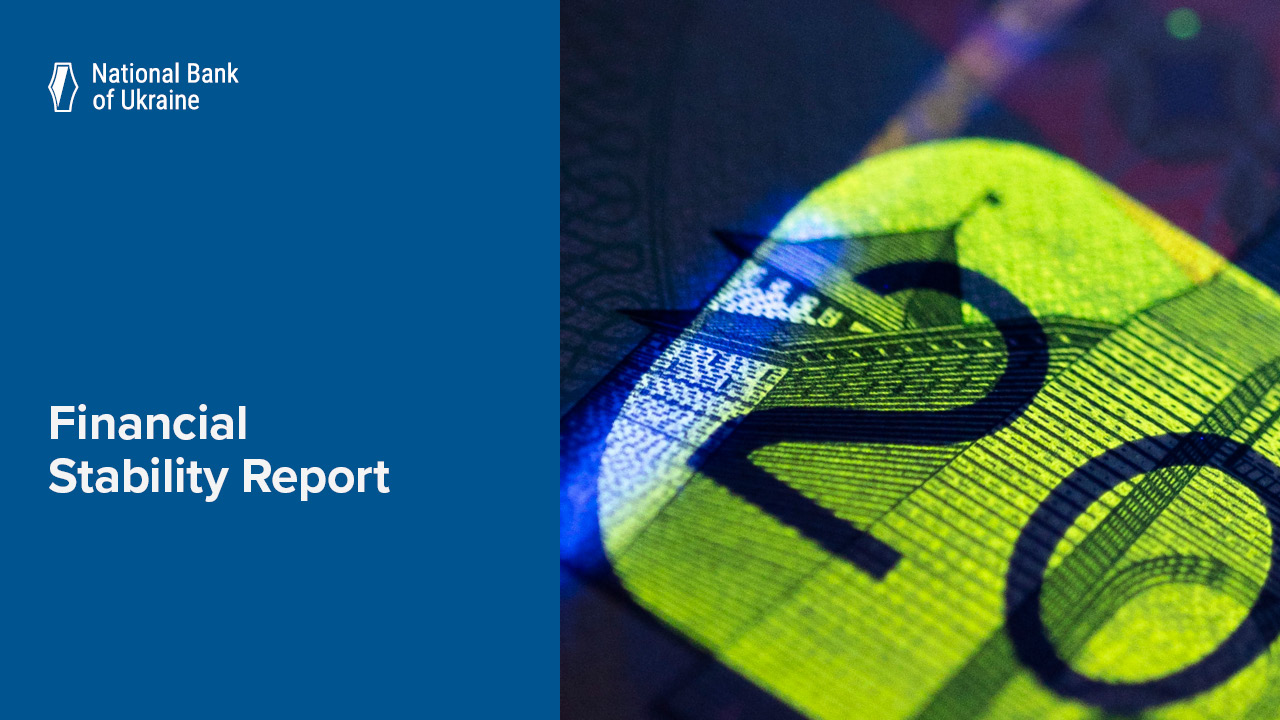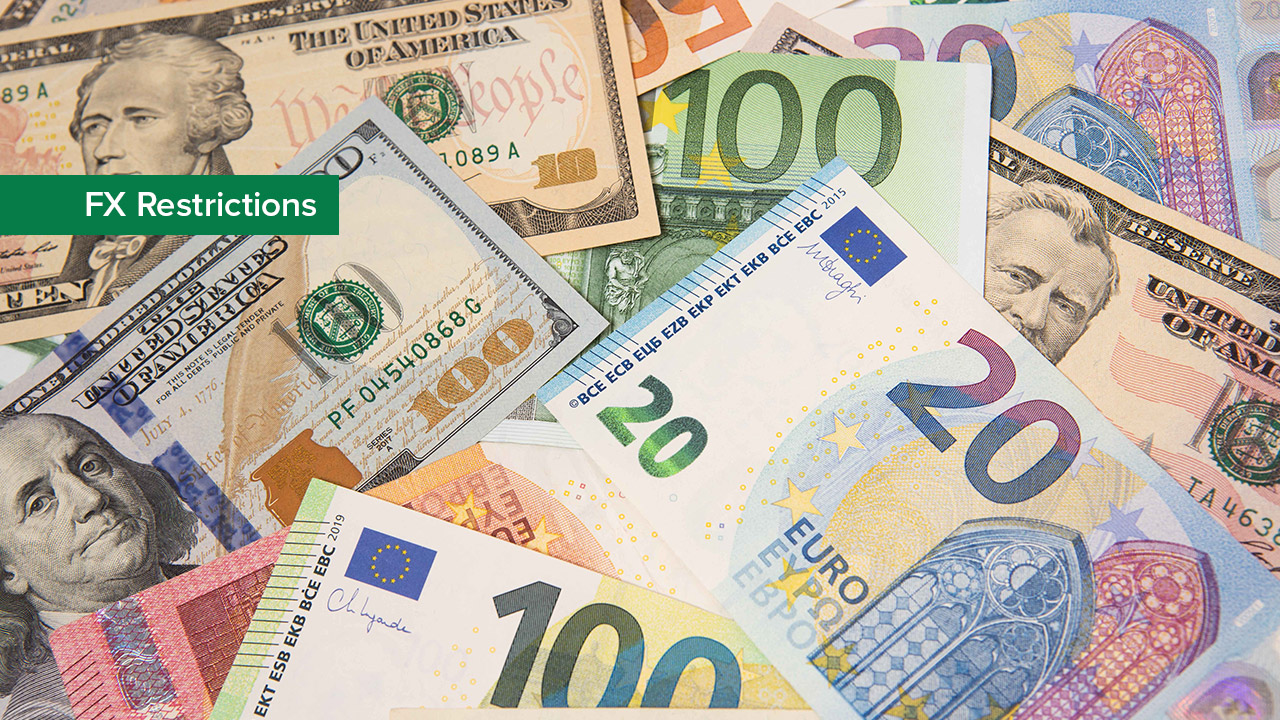The National Bank of Ukraine has begun to make the comprehensive analysis of all components of the payments landscape of Ukraine, aiming to assess the full picture of how the payment market, its individual components, and their interrelation are developing.
NBU Deputy Governor Sergii Kholod put an emphasis on this on 22 February 2019, the info day dedicated to the state of the payments market of Ukraine in 2018.
All payments in Ukraine are made through the System of Electronic Payments of the NBU (SEP), payment card systems (MasterCard, VISA, PROSTIR National Payment System, etc.), and money transfer systems.
The NBU points out the following with regard to the current state and development prospects of each of these segments of the Ukrainian payments market:
- Card payment systems definitely dominate retail payments in Ukraine – the number of these transactions is the largest. Most often, Ukrainians use their payment cards to pay for goods and services. However, in 2018, p2p transfers accounted for the largest share of cashless payments using cards (the average amount of these transactions increased to UAH 1,723). Contactless payments (e.g., using a smartphone) is growing popular in Ukraine. One in nine active payment cards is contactless, the number of cards of this type reaching 4 million pieces.
- In the market of domestic payments, systems created by nonbank institutions are the most active, accounting for 92% of the total amount of transfers in this segment. Overall, the amount of money transfers within Ukraine grows by more than a quarter every year (by 26.6% in 2017 and by 26.9% in 2018). The average amount of a transfer within Ukraine is UAH 240, while most of the money transferred are sent to Kyiv.
- The situation is different in terms of volumes of transactions – NBU SEP payments prevail here. Customer transactions account for the largest share of SEP payments: 91% by quantity and 46% by amount. Over 90% of payments from customer accounts were made from current accounts of legal entities and sole proprietors. That said, 96% of SEP payments amounted below UAH 100,000. The ratio of payments processed annually in the SEP to Ukraine’s GDP take the value of 8, approximately. A record number of SEP payments was registered last year – the system processed 2.162 million payments in one day. However, the system has a great potential – it can process 10 million payments per day.
- Stronger competition between participants of the Ukrainian payments market makes the services more accessible and affordable. The NBU is currently working on a number of initiatives to foster harmonious development and competition in the payments market. In particular, the regulator continues to work on introducing norms of the European directive PSD2 into Ukrainian legislation. The NBU hopes to present it vision of PSD2 implementation in Ukraine by the end of this year.
Moreover, within the framework of the comprehensive approach to development of the payments market in Ukraine, the NBU researches the possibility to implement regulation of interchange fees in order to stimulate the development of cashless payment infrastructure and cashless payments in the country.
- The NBU also develops its own payment systems – the SEP and NPS PROSTIR – by supplementing them with products that bring technological and economical value to customers.
- Upgrading the SEP and its migration to international standards also aim to support competition in the payments market. In future, the SEP can become more user-friendly and effect quick retail payments between accounts, as do similar systems across the world. The NBU introduces the international bank account number (IBAN) this year. Banks will open new accounts for their customers under the IBAN standard and change the numbers of existing bank accounts accordingly. At the same time, the regulator has postponed the launch of IBAN to 5 August 2019 at the request of banks (previously planned for 1 April 2019).








